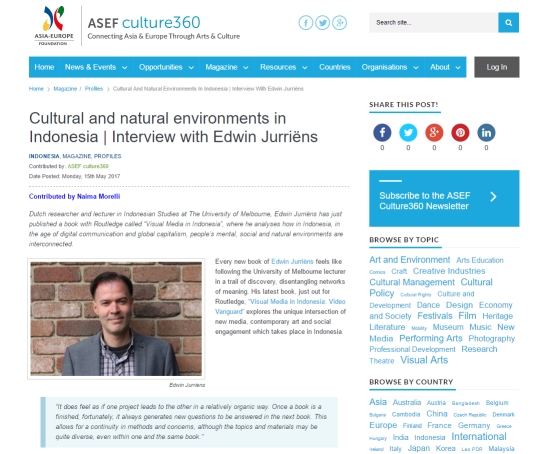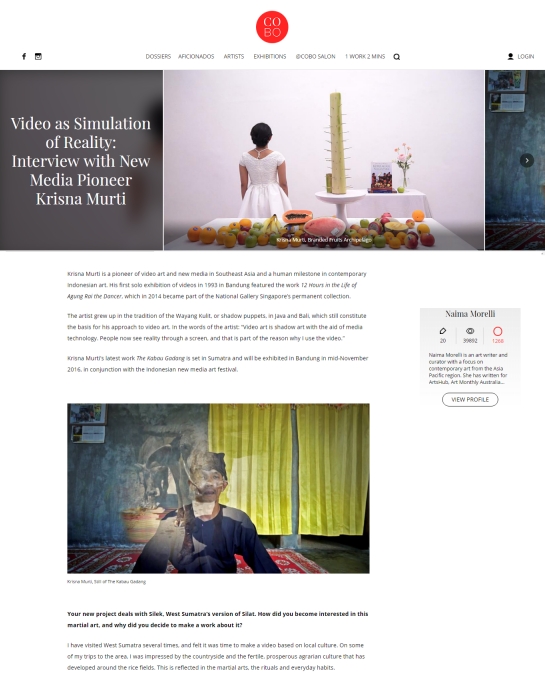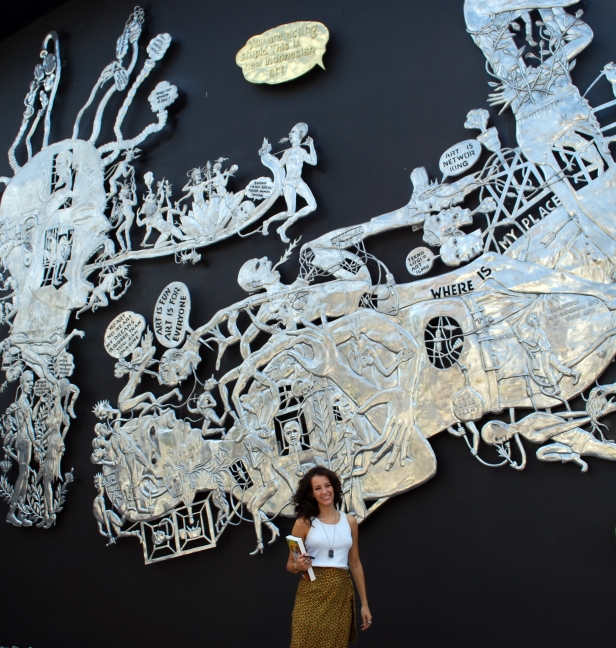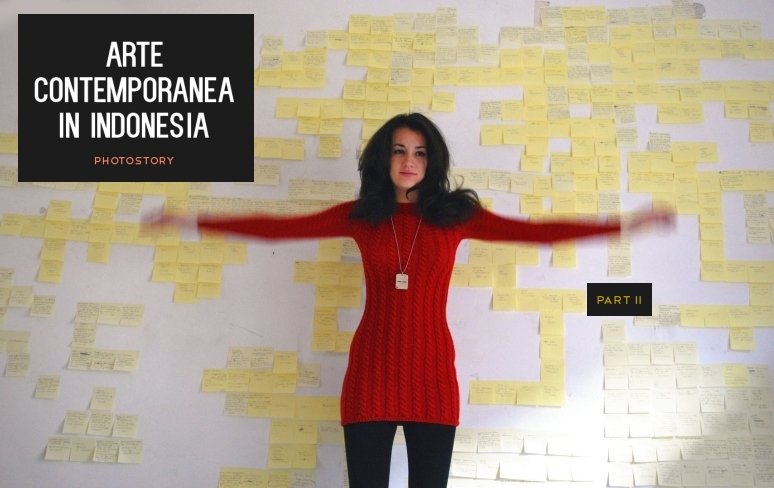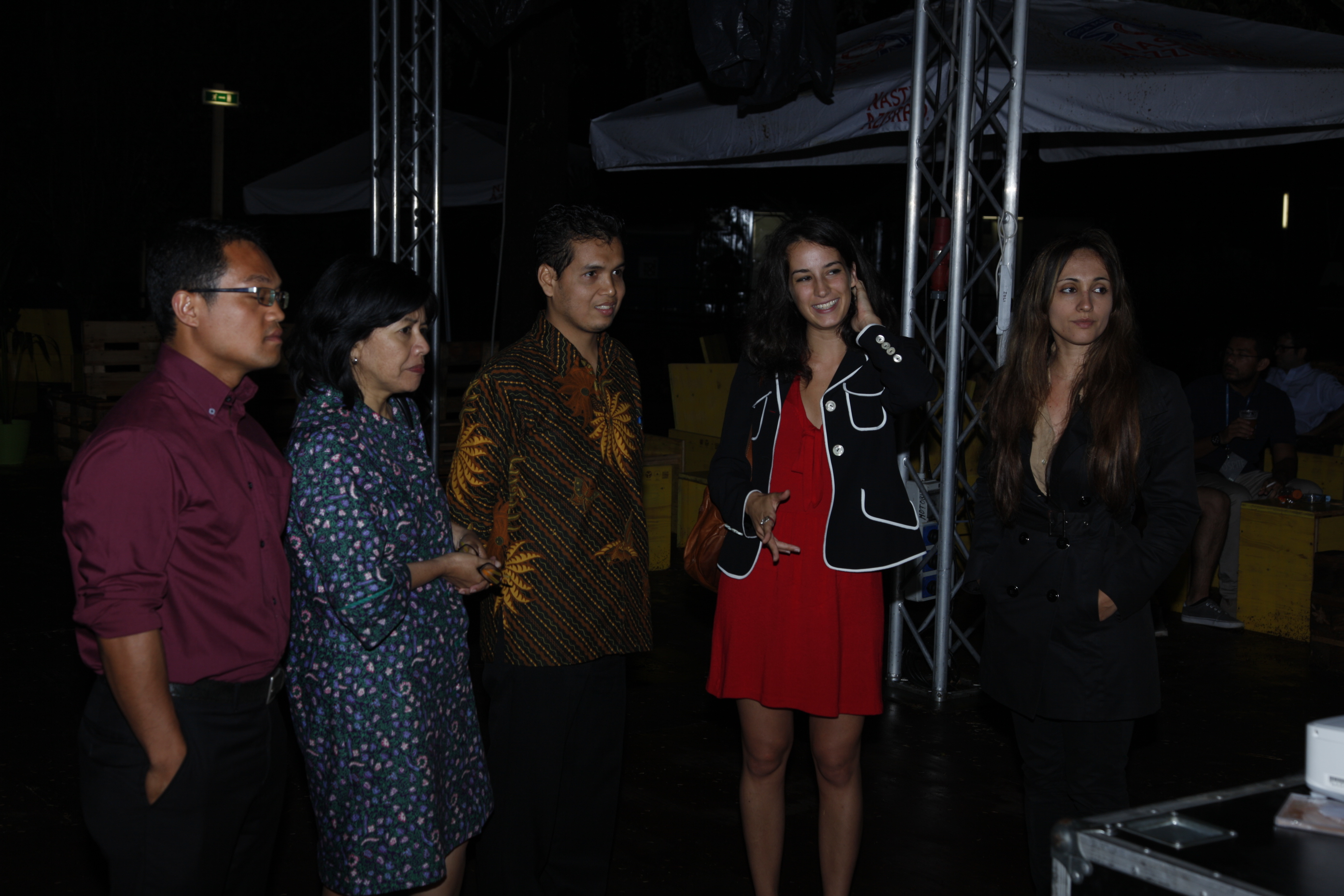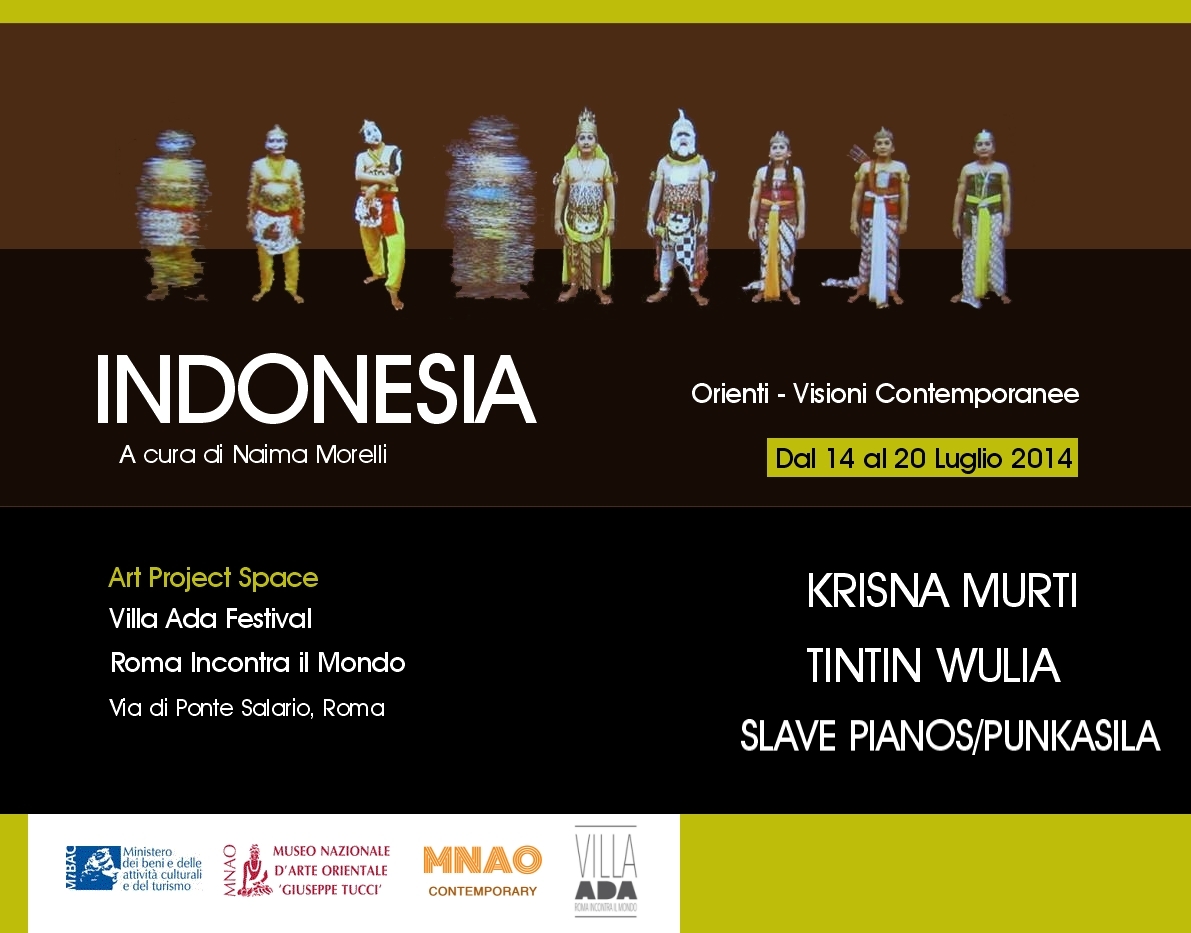
Dal 14 al 2o Luglio curerò una rassegna di video arte indonesiana nell’ambito del Festival di Villa Ada. L’iniziativa è stata organizzata da MNAO Contemporary, il programma di arte contemporanea del Museo Nazionale d’Arte Orientale Giuseppe Tucci di Roma, e si focalizza su diversi paesi asiatici. L’inaugurazione è domani sera dalle 9 in poi… intanto beccatevi il comunicato!
Villa Ada Festival Roma Incontra il Mondo presenta…
“ORIENTI – VISIONI CONTEMPORANEE”
Programma di video-proiezioni ed installazioni di artisti contemporanei asiatici diretto da Valentina Gioia Levy, con la collaborazione di Elena Abbiatici e Naima Morelli
Presso l’Art Project Space
Adagio Bar
A partire dal 4 luglio
INDONESIA 14 – 20 Luglio
A cura di Naima Morelli
14 – Presentazione scena artistica indonesiana e introduzione al lavoro dei tre artisti in mostra.
15/16 – Krisna Murti – Empty Theather – Video installation (multi-channel video), DVD 3 projections, 3’58’’, loop, sound, 2010.
17/18 – Fallen –Tintin Wulia – Video projection (single-channel), 18’43”, loop, 2011
19/20 – The Lepidopters – Slave Pianos and Punkasila – Video projection (single-channel), loop, 2014
Proiezioni dalle 21 in poi
Per la settimana dedicata all’Indonesia verranno proiettati tre video che rappresentano alcune sfaccettature della complessa e variegata scena artistica locale in rapido sviluppo.
Krisna Murti e Tintin Wulia sono pionieri della video arte in Indonesia. Entrambi cominciano a lavorare con i new media all’alba della caduta del regime del dittatore Suharto nel ’98, in un clima di libertà espressiva fino a quel momento negato.
Punkasila invece è un gruppo artistico nato a Yogyakarta nel 2007 da una residenza all’Indonesian Visual Art Archive, allora Yayasan Seni Cemeti, di Danius Kesminas. Il gruppo originale di Punkasila conta sette giovani artisti indonesiani più Kesminas, ma è costantemente in espansione e aperto a nuove collaborazioni, tra cui quella con Slave Pianos per questo video.
Read More
